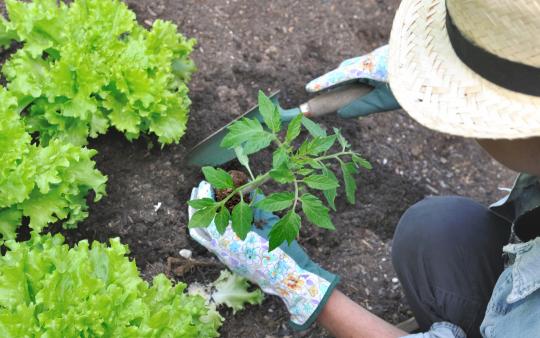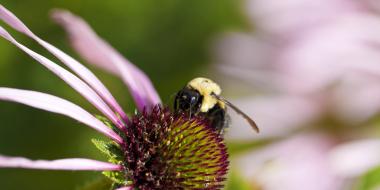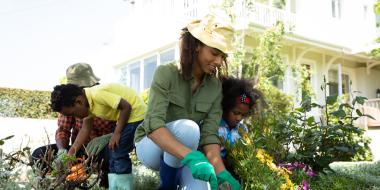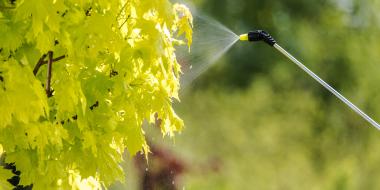Everybody needs a buddy—plants included! If you’ve tried your hand at some backyard veggie gardening, chances are you’ve come across the concept of companion planting: the idea that growing certain plants in proximity to one another will either positively or negatively impact your crops, depending on the combinations you make. While this approach has grown in popularity over the last 50 years, the concept is anything but new! Chinese rice farmers have used ferns as rice companions for thousands of years and Indigenous Peoples practicing annual agriculture in North America have long been planting the classic “three sisters” (corn, beans, and squash) grouping. In modern companion planting there is much advice about the do’s and don’ts of what to plant together, but very little is backed up by research and testing in the field, with some charts containing conflicting information that even further confuses the matter! So, what’s a backyard gardener to do?
Proving Pest-Proofing Companions
The lack of peer-reviewed research on companion plants is multifaceted and may have something to do with the fact that effectual companion planting may spell bad business for companies making millions off fertilizers and pesticides. But as commercial agriculture looks to more sustainable ways to grow produce, we are beginning to see increasing research discovering the benefits of beneficial plant relationships in large-scale intercropping programs that will hopefully be able to clear up those pesky companion plant unknowns for home gardeners as well!
What we do know from trials being done is that having plants around that attract predatory insects (or “good” guys that will eat the “bad” guys) can keep insect pests in check. In one such large-scale study done by the Rodale Institute, tansy—seen by some as a weed (although is widely touted for its medicinal and dye properties)—attracted more aphid-eating ladybugs and lacewings than any other plant. Other particularly helpful herbs in this regard were those with umbelliferous flowers like caraway, dill, and fennel.
Further, a diversity of species, and even a diversity of cultivars within one species is helpful for deterring pests. A University of California study showed that planting four varieties of broccoli in one test plot significantly reduced the numbers of aphids compared to when just one or two varieties were planted together. And an Iowa State University publication showed that control plots (with no companion herbs) always suffered more pest damage than any of the combinations of companion plants they tested.
A little help from their friends
Try these companions and other tips to protect your garden from being raided and to promote healthy growth!
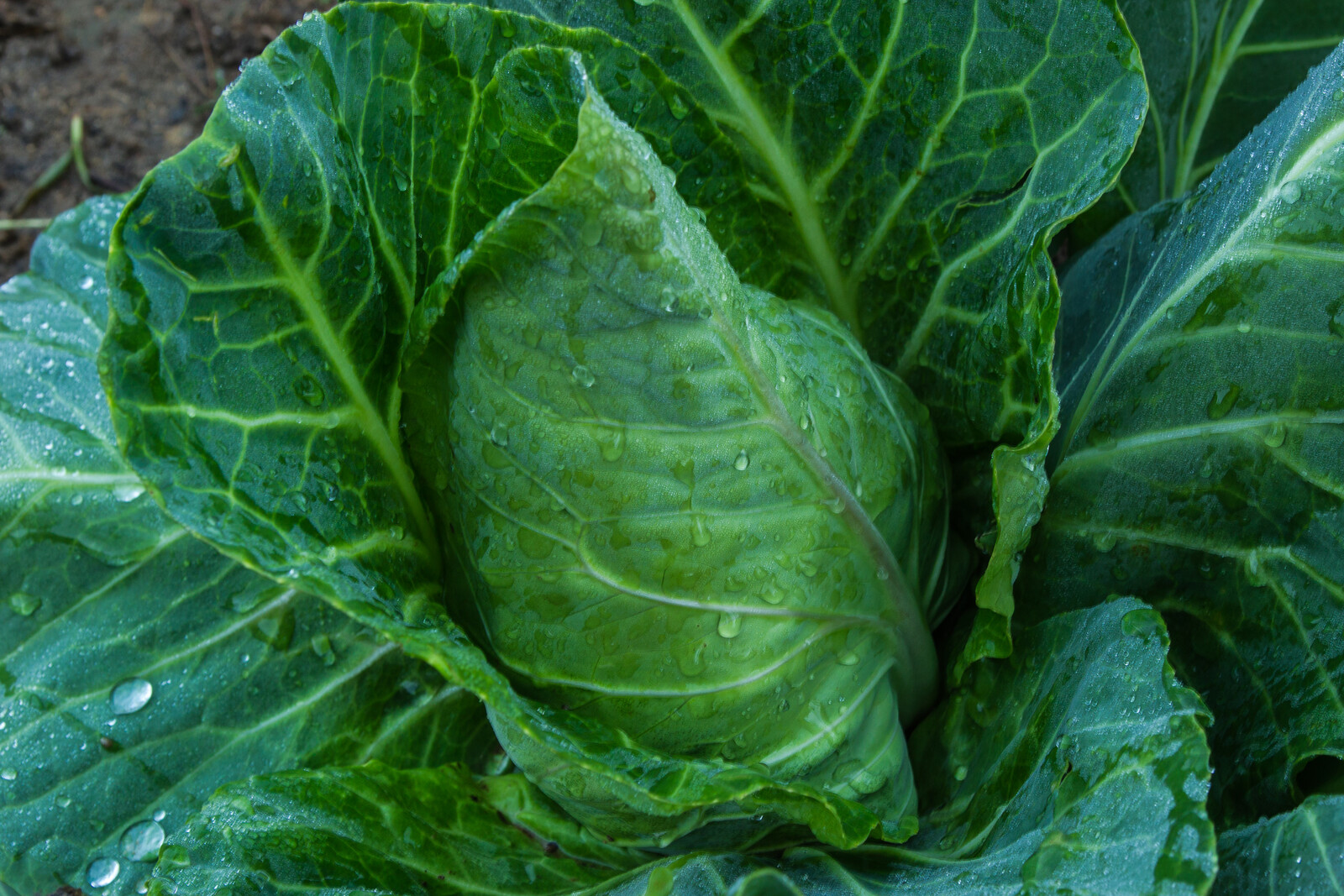
Trap Plants
Trap plants are attractive to pests and are planted a short distance away from your desirable plants to keep the pests distracted and at a distance. The trap crops can then be destroyed at the end of the season, taking all the pests with them.
Tip: Planting collards around the edge of your veggie garden has been shown to draw the diamondback moth away from cabbage.
Repellent or Disguising Plants
Repellent or disguising plants are highly aromatic and are generally avoided by pests. Plant these in close proximity to your favourite plants and the pests will give them a wide berth!
Tip: Plants in the allium family, like garlic, onions, or chives, are excellent at repelling pests.
Attractor Plants
Attractor plants can be used to lure in the enemies of your enemies. Hoverflies, ladybugs, and lacewings are all aphid eaters, so having them around is a good thing. Other pest predators include mantids, robber flies, spiders, and predatory mites.
Tip: Researchers have attracted syrphids (hoverflies) by planting dill, coriander, rubus species (like raspberry and blackberry), and sweet alyssum.
Sharing of Physical Space
Sharing of physical space can help create a harmonious, pest-free garden. This may include a good allocation of resources below ground in the root zone (like lettuce, onion and carrots), above ground (like corn, beans and squash), or over time (like fast growing radishes between slow growing melons or corn). There are also plants that can provide structural support for each other or create conditions conducive to the growth of the other plant.
Tip: Plant lettuce on the north side of your tomatoes to keep them shaded from the hot summer sun.
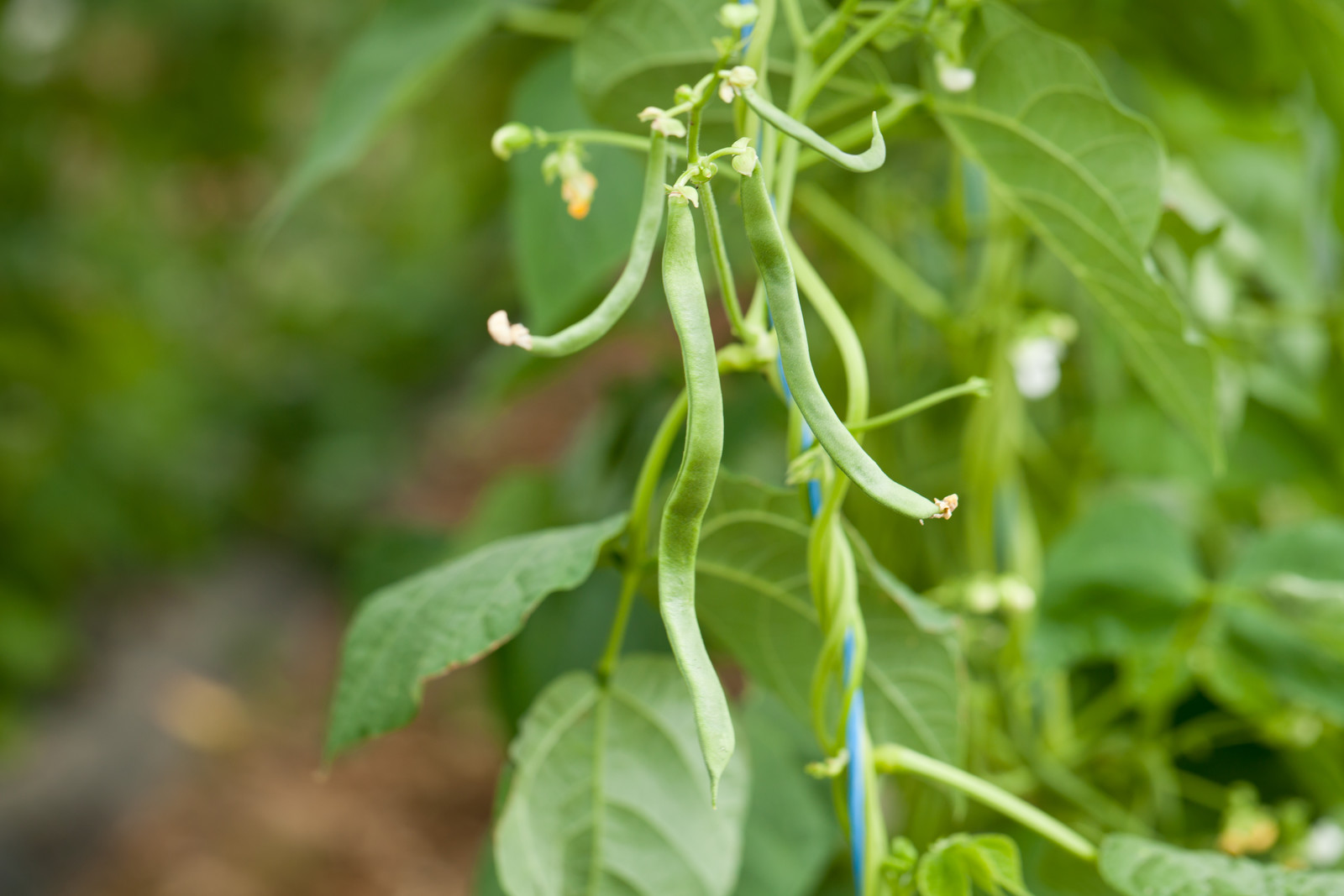
Chemical and Biological Boosters
Chemical and biological boosters can improve the growth of other plants through the release of biochemicals or the production of nitrogen when grown in close proximity.
Tip: Studies done with potatoes and corn show increased yield when each is interplanted with nitrogen-fixing beans.
Meet the Three Sisters!
Here’s how it works: Plant three to four corn seeds in a circle. Outside of the circle, plant a few bean seeds, and inside the circle, plant a squash seed. Once the seeds begin to grow, the corn stalks will provide a natural trellis for the beans to climb up and the nitrogen-fixing beans will help to fertilize the corn. The squash plant provides shade at ground level, aiding in weed control, keeping the ground cool, and reducing evaporation and water runoff. The brilliance of this system is that it doesn’t just increase overall crop yield, but when eaten together, the three are a nutritional powerhouse that provide a complete protein without animal inputs! Further, all three crops dry well for long-term storage.
Marigolds and Nematodes?
While there is plenty of advice on classic companion pairings, unfortunately, not all of them hold true. For example, it turns out that planting marigolds with your tomatoes to deter nematodes doesn’t work as simply as you’d assume. Just planting them next to each other will add pretty pops of colour and attract pollinators, both of which are wins, but to really beat a nematode infestation, it’s best to plant either French or African marigolds and till them into the soil in question in the fall to release the biochemical thiophene (a nematode deterrent). Then, you can safely plant tomatoes in that soil the following season.
It never hurts to do a little field research of your own—whether it’s through trial and error or spending some time at the computer. If you don’t want to get hung up on the particulars of what to plant with what, rest assured that adding diversity to your garden, both within species and with multiple species, is always beneficial…and beautiful!
You may also enjoy: Gardening for Absolute Beginners, Getting Kids into Gardening, and Planning the Garden with Kids.



